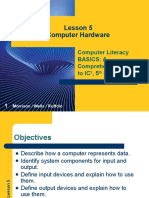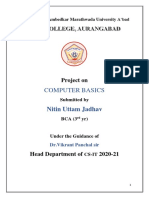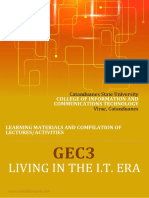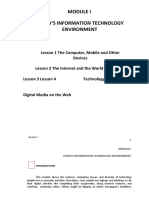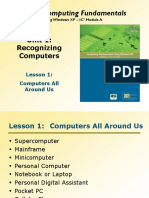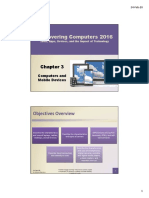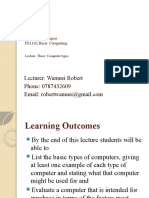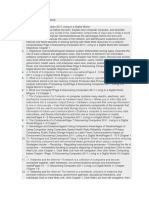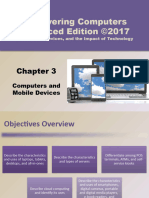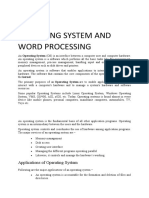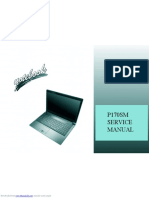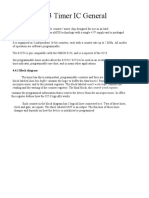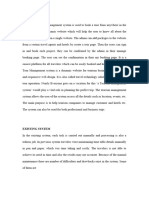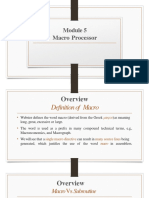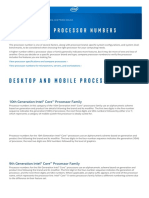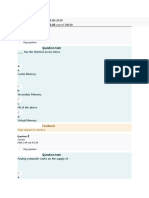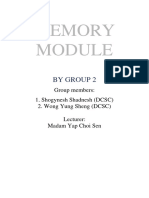0% found this document useful (0 votes)
9 views49 pagesUnit 02 - Classifying Computers
Lesson 6 covers the classification and evaluation of various types of computers, including personal computers, laptops, tablets, smartphones, and embedded systems. It discusses the features, performance, and use cases of these devices, helping users make informed purchasing decisions based on their needs and budget. Additionally, it highlights the differences between personal and large computers, such as servers and mainframes.
Uploaded by
mc090203195Copyright
© © All Rights Reserved
We take content rights seriously. If you suspect this is your content, claim it here.
Available Formats
Download as PDF, TXT or read online on Scribd
0% found this document useful (0 votes)
9 views49 pagesUnit 02 - Classifying Computers
Lesson 6 covers the classification and evaluation of various types of computers, including personal computers, laptops, tablets, smartphones, and embedded systems. It discusses the features, performance, and use cases of these devices, helping users make informed purchasing decisions based on their needs and budget. Additionally, it highlights the differences between personal and large computers, such as servers and mainframes.
Uploaded by
mc090203195Copyright
© © All Rights Reserved
We take content rights seriously. If you suspect this is your content, claim it here.
Available Formats
Download as PDF, TXT or read online on Scribd
/ 49













